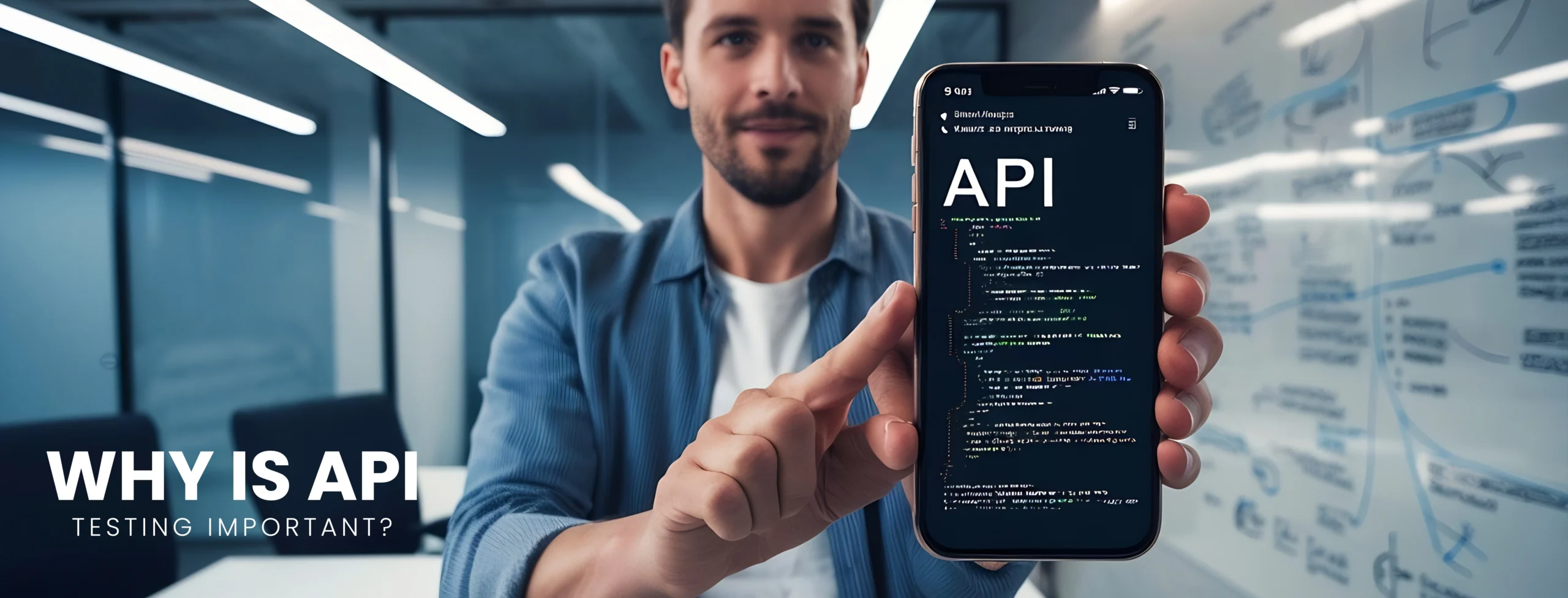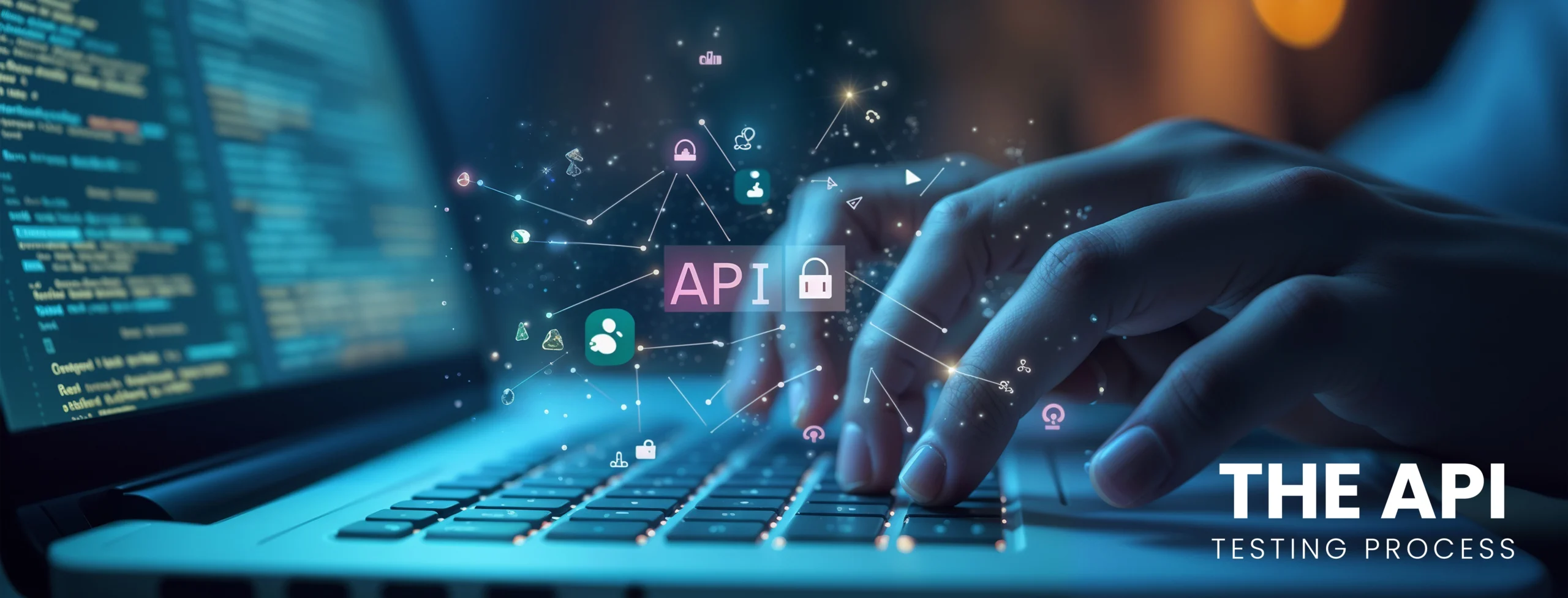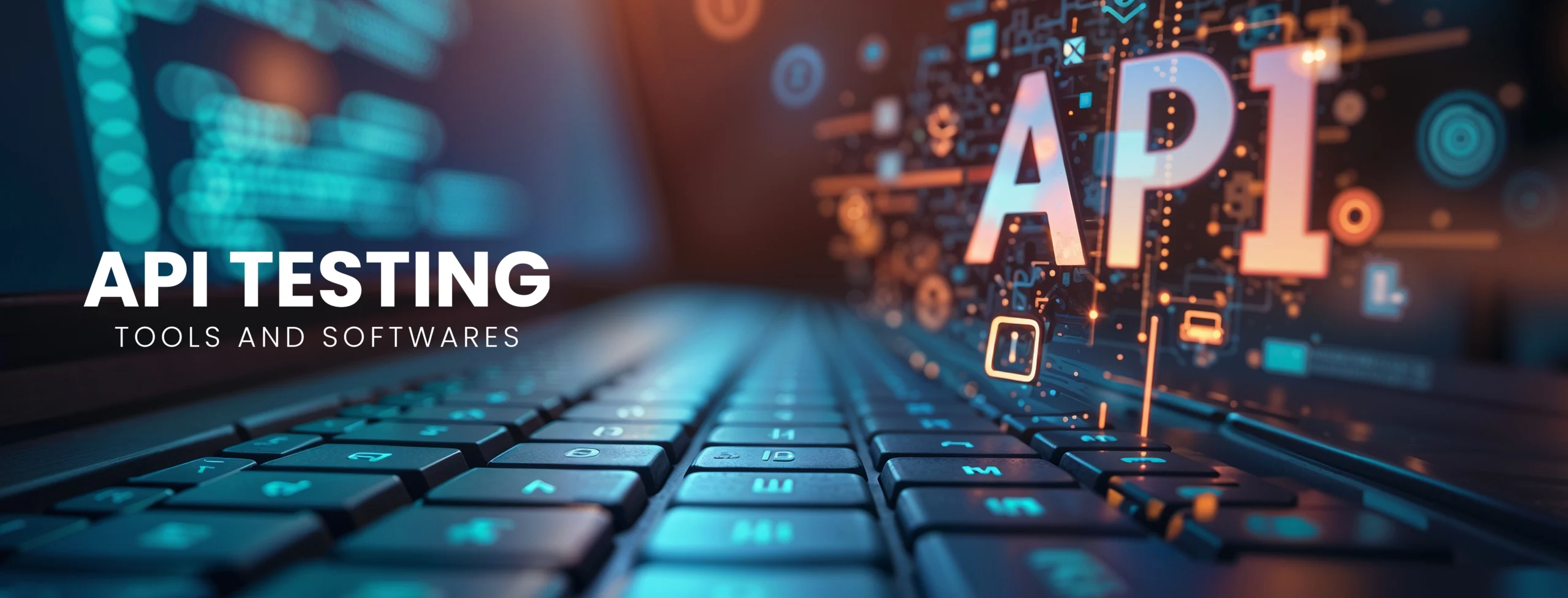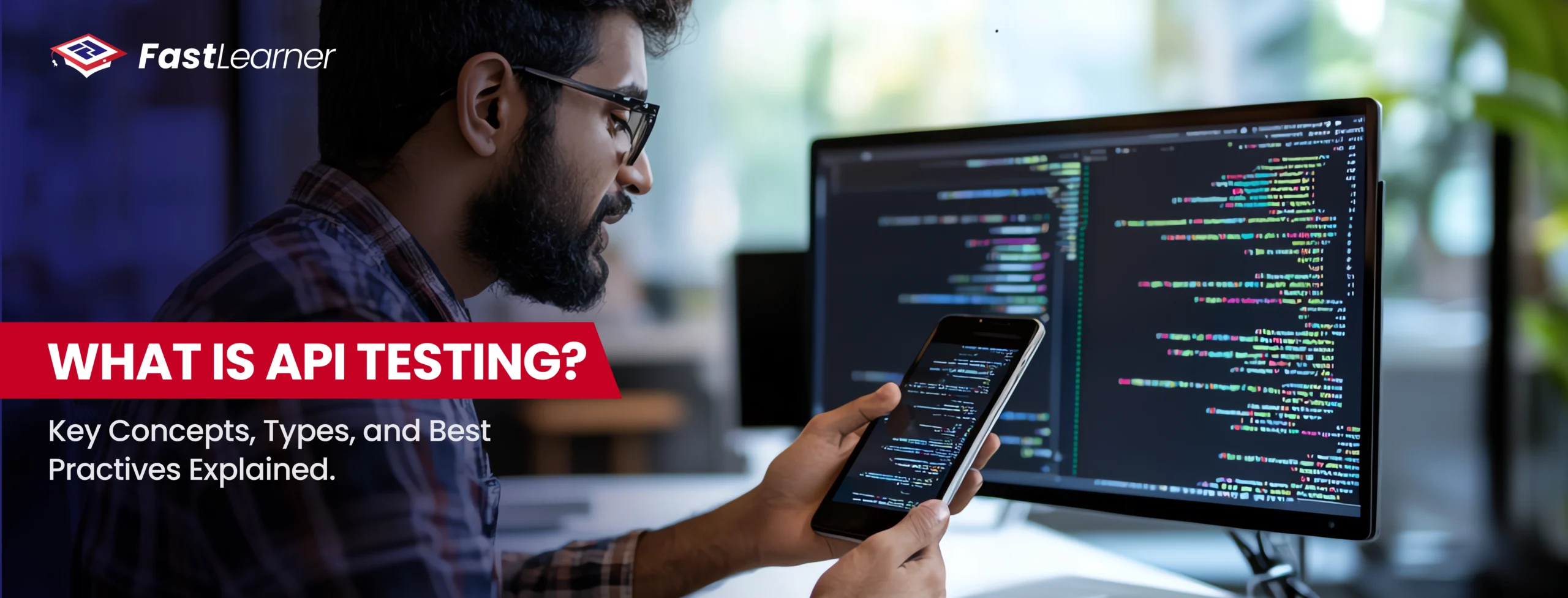In today’s fast-paced software development world, ensuring seamless system integration is critical. This is where API testing comes into play.
But what is API testing exactly? And what are its key concepts, types, and best practices?
At its core, API testing—or Application Programming Interface testing—is verifying and validating that APIs work as expected.
From assessing functionality to ensuring reliability and performance, API testing is vital in delivering robust software solutions.
Key Takeaways - What is API Testing?
- The meaning and importance of API testing in modern software development.
- Key types of API testing, including functional, load, security, and validation testing.
- Step-by-step guide to the API testing process for effective results.
- Overview of popular API testing tools like Postman, SoapUI, and JMeter.
- Real-world examples of API testing in various industries.
- Best practices for successful API testing, including automation and early testing.
- How API testing ensures reliability, security, and performance in applications.
Understanding the Basics: What is API Testing in QA?

API testing in QA (Quality Assurance) involves evaluating APIs to ensure they fulfill their intended purpose.
Unlike traditional UI testing, which focuses on the graphical interface, API testing dives deeper to examine the core functionalities that enable communication between different software components.
This type of testing is crucial for modern applications, where APIs often serve as the backbone of data exchange.
The global API testing market was valued at approximately $1.4 billion in 2023 and is expected to grow to $4.0 billion by 2030, with a compound annual growth rate (CAGR) of 16.5% during this period.
This detailed report offers a thorough analysis of market trends, growth drivers, and projections to support informed business decision-making.
Why is API Testing Important?

APIs act as the bridge between different software systems. Testing them ensures:
- Functionality: APIs deliver accurate responses and perform their intended functions.
- Reliability: They remain stable under varying loads and circumstances.
- Security: APIs protect sensitive data from unauthorized access.
- Performance: They operate efficiently, even under high demand.
- Compatibility: APIs integrate seamlessly with other components and external systems.
Skipping proper API testing can lead to critical application failures, security vulnerabilities, and poor user experiences.
Types of API Testing

A thorough API testing process often includes multiple types of testing to ensure comprehensive validation. Here are the key types of API testing:
1. Functional Testing
Functional testing focuses on verifying that the API meets its specifications and returns the correct responses for valid requests. For example, if you send a request to retrieve user details, the API should return the correct user data.
2. Load Testing
This type evaluates how the API performs under heavy usage or high traffic. Load testing helps identify bottlenecks and ensures the API can handle expected user demand.
3. Security Testing
Security testing ensures the API protects sensitive data and prevents unauthorized access. It involves testing authentication mechanisms, encryption protocols, and vulnerability checks.
4. Validation Testing
Validation testing verifies the accuracy and completeness of the API responses, ensuring they align with business requirements and system specifications.
5. UI/API Integration Testing
This ensures that the API integrates properly with the user interface and other components of the application.
6. Penetration Testing
Also known as pen testing, it simulates real-world attacks to identify security vulnerabilities in the API.
7. Error Detection Testing
This checks how the API handles incorrect or invalid inputs, ensuring it provides meaningful error messages without exposing sensitive data.
By incorporating these types of API testing, teams can deliver reliable and high-performing APIs that enhance the overall application experience. If you want to learn more about API testing, enrol yourself in Fast Learner, a fast learning skills platform for all.
The API Testing Process: How to Test APIs Effectively

A structured process is essential for effective API testing. Here’s a step-by-step guide:
Step 1: Define the Scope
Understand the API’s purpose and identify its key functions. Determine what aspects of the API need to be tested, including endpoints, parameters, and authentication mechanisms.
Step 2: Set Up the Testing Environment
Configure the environment to replicate the production setup as closely as possible. Use API testing software or tools to streamline the process.
Step 3: Create Test Cases
Develop test cases for each functionality, covering positive and negative scenarios. For example, test valid inputs, invalid inputs, and edge cases.
Step 4: Execute Tests
Run the tests using an API for testing, such as Postman, SoapUI, or JMeter. Execute functional, load, and security tests to uncover issues.
Step 5: Validate Results
Compare the API’s actual responses with the expected results. Document any discrepancies and log defects.
Step 6: Report and Fix Issues
Share test findings with developers, and collaborate on resolving issues. Re-test after fixes to ensure stability.
Step 7: Monitor API Performance
Even after deployment, regularly monitor API performance to identify and address any emerging issues.
Popular API Testing Tools and Software

Using the right API testing software can significantly streamline the testing process. Here are some popular tools:
- Postman: A user-friendly tool for creating, managing, and automating API tests.
- SoapUI: A versatile testing tool ideal for both REST and SOAP APIs.
- JMeter: A performance testing tool that can simulate high traffic for load testing.
- Katalon Studio: An all-in-one testing solution with robust API testing features.
- Swagger: A comprehensive framework for API documentation and testing.
These tools simplify testing tasks, making it easier to validate API functionality, security, and performance.
Real-World API Testing Examples

Understanding how to test APIs becomes clearer with real-world examples:
- E-commerce Applications: Testing the API that retrieves product details, manages user authentication, or processes payments.
- Social Media Platforms: Validating APIs that enable posting, retrieving, or updating user content.
- Banking Systems: Ensuring secure and accurate API communication for transactions, account updates, and data retrieval.
By testing these APIs, developers ensure a seamless and secure user experience.
Best Practices for API Testing

Follow these best practices to maximize the effectiveness of your API testing efforts:
- Understand the API Specification: Familiarize yourself with the API documentation to understand its capabilities, limitations, and expected behavior.
- Test Early and Often: Start API testing during the development phase to catch issues early and reduce costs.
- Automate Where Possible: Use automated tools to handle repetitive tests, saving time and effort.
- Focus on Security: Prioritize security testing to safeguard sensitive data and prevent breaches.
- Handle Errors Gracefully: Ensure the API provides meaningful error messages and handles exceptions effectively.
- Monitor API Performance: Regularly monitor API performance to identify potential issues and maintain reliability.
Conclusion - What is API Testing
So, what is API testing exactly? And what are its key concepts, types, and best practices?
API testing is a cornerstone of modern software development, ensuring APIs perform reliably, securely, and efficiently.
By understanding the API testing basics, following best practices, and leveraging powerful tools, development teams can deliver high-quality applications that meet user expectations.
Whether you’re new to API testing or looking to refine your approach, this guide provides the insights needed to master the API testing process and achieve success in quality assurance.
FAQs About What is API Testing
What are the API testing concepts?
API testing concepts include validating the functionality, reliability, security, and performance of an API. It ensures that the application programming interface (API) works as intended, handles data exchange correctly, and integrates seamlessly with other software systems.
What are the 3 types of testing in API?
Functional, performance, and security testing.
What are the fundamentals of API testing?
Validating endpoints, response formats, status codes, and error handling while ensuring performance and security.
What are the examples of API testing practice?
Checking data retrieval accuracy, testing authentication, and simulating high traffic for performance.



